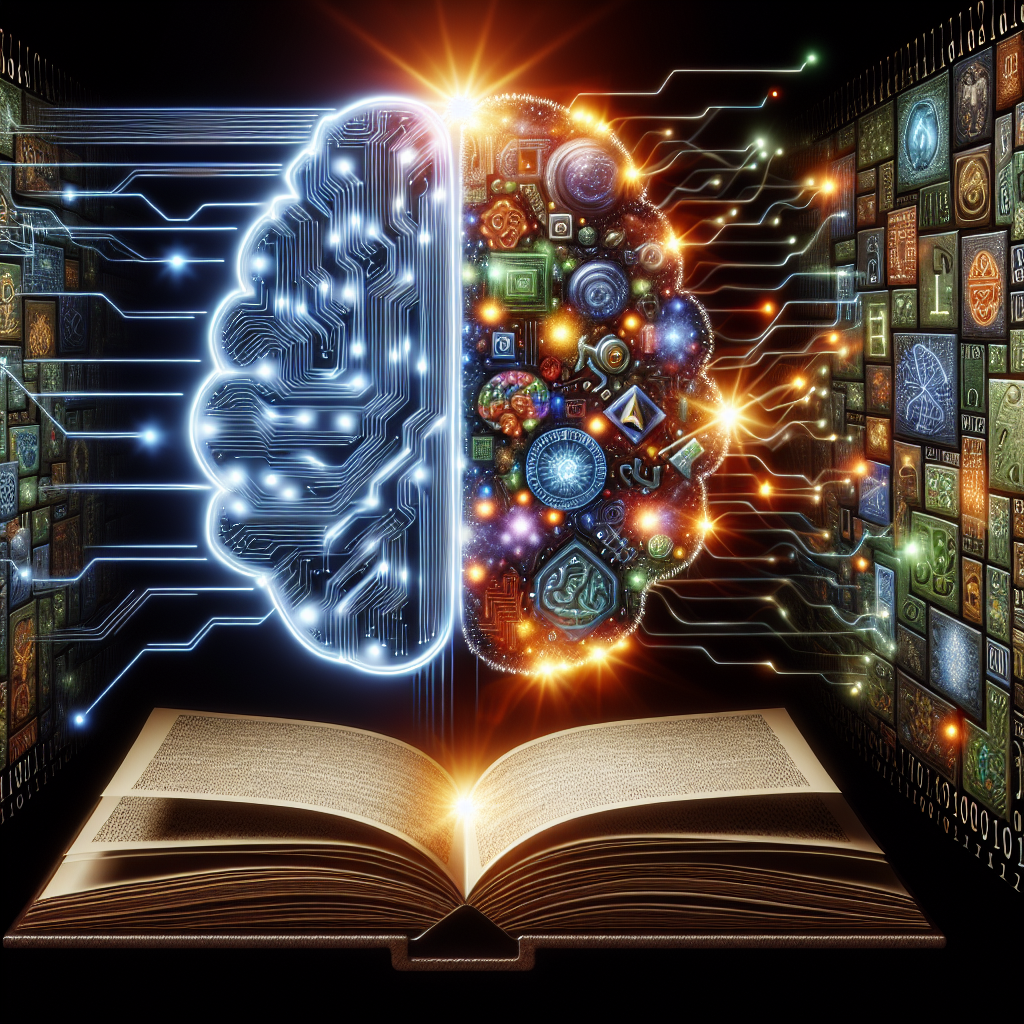Machine learning has revolutionized the field of natural language processing (NLP) by enabling computers to understand, interpret, and generate human language. NLP is a subfield of artificial intelligence that focuses on the interaction between computers and human language. It encompasses a wide range of tasks, such as language translation, sentiment analysis, speech recognition, and text summarization.
Machine learning algorithms play a crucial role in NLP by allowing computers to learn patterns and rules from large amounts of text data. These algorithms can be trained on labeled data, where the input (e.g., text) is paired with the desired output (e.g., sentiment label), or on unlabeled data, where the algorithm learns to extract patterns and relationships from the data without explicit supervision.
There are several ways in which machine learning is used in NLP:
1. Text classification: Machine learning algorithms can be used to classify text into different categories, such as spam detection, sentiment analysis, and topic categorization. By training a classifier on labeled data, the algorithm can learn to distinguish between different classes based on the features of the text.
2. Named entity recognition: Machine learning models can be trained to identify and classify named entities in text, such as names of people, organizations, and locations. This is useful for tasks such as information extraction and entity linking.
3. Language translation: Machine learning algorithms, such as neural machine translation models, have been highly successful in translating text between different languages. These models learn to map input text in one language to output text in another language by training on parallel text data.
4. Sentiment analysis: Machine learning can be used to analyze the sentiment of text, such as determining whether a review is positive or negative. This is useful for applications such as social media monitoring and customer feedback analysis.
5. Speech recognition: Machine learning algorithms are used in speech recognition systems to convert spoken language into text. These algorithms can be trained on large datasets of spoken language to learn the acoustic and language models necessary for accurate transcription.
6. Text generation: Machine learning models, such as language models and neural networks, can be used to generate text based on a given input. These models learn to predict the next word in a sequence based on the context of the previous words, allowing them to generate coherent and contextually relevant text.
Overall, machine learning has significantly advanced the field of NLP by enabling computers to process and generate human language with a high level of accuracy and efficiency. By training algorithms on large amounts of text data, researchers and developers can build powerful NLP systems that can perform a wide range of tasks with increasing levels of sophistication.
FAQs:
1. What is the difference between NLP and machine learning?
NLP is a subfield of artificial intelligence that focuses on the interaction between computers and human language, while machine learning is a subset of AI that focuses on the development of algorithms that can learn and improve from data. Machine learning plays a crucial role in NLP by enabling computers to understand, interpret, and generate human language.
2. How does machine learning help in text classification?
Machine learning algorithms can be trained on labeled data to classify text into different categories, such as spam detection, sentiment analysis, and topic categorization. By learning patterns and relationships from the data, the algorithm can accurately categorize text based on its features.
3. What are some popular machine learning algorithms used in NLP?
Some popular machine learning algorithms used in NLP include support vector machines, decision trees, random forests, and neural networks. These algorithms are used for tasks such as text classification, named entity recognition, language translation, sentiment analysis, and text generation.
4. How is machine learning used in language translation?
Machine learning algorithms, such as neural machine translation models, are used in language translation systems to map input text in one language to output text in another language. These models are trained on parallel text data to learn the relationships between words and phrases in different languages.
5. What are some challenges in using machine learning for NLP?
Some challenges in using machine learning for NLP include handling ambiguity and context, dealing with noisy and unstructured text data, and ensuring the accuracy and reliability of the algorithms. Researchers and developers are constantly working to overcome these challenges to build more robust and efficient NLP systems.

